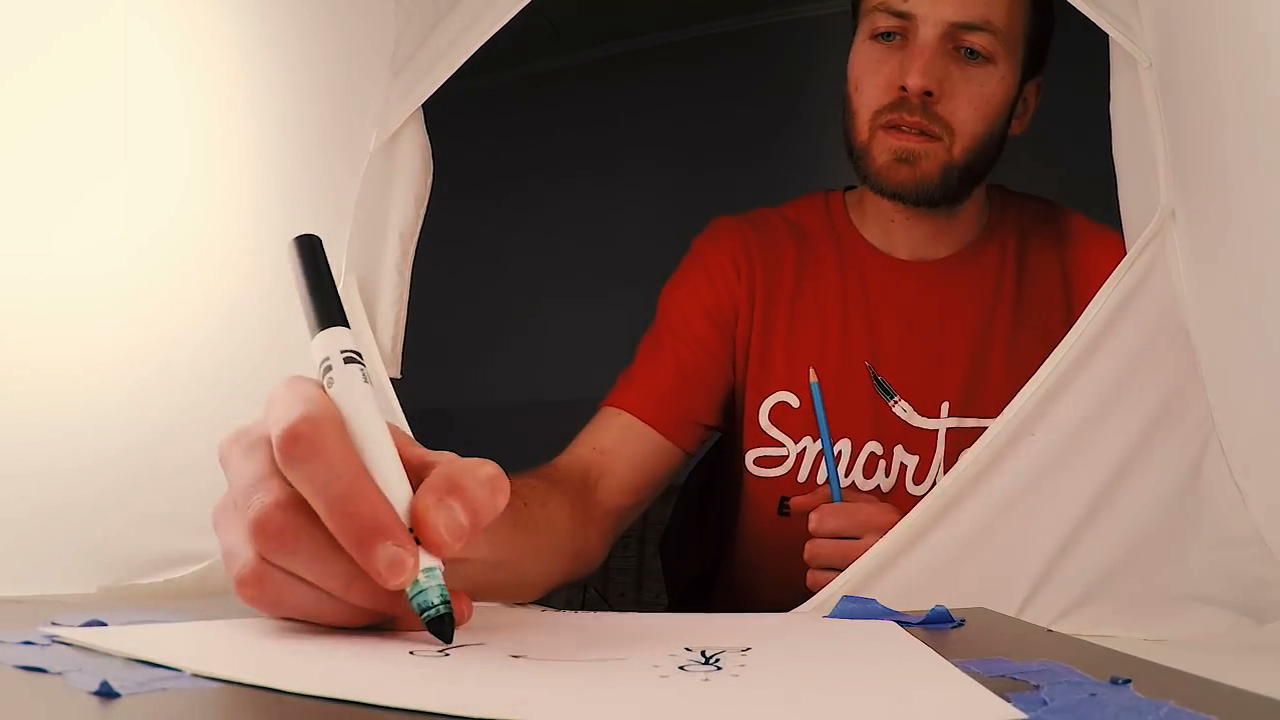YouTube's MinutePhysics: Matter and Energy Get Animated

Welcome to Live Science's exploration of science videos on YouTube!
In this series of articles, some of YouTube's most popular science channels take a turn in the spotlight. Their creators employ a range of techniques and styles, weaving together animation, video shot in the studio and on location, sound design, and a general curiosity for the world around them, to capture and convey the peculiar and fascinating details of their unique science stories.
MinutePhysics: Simply put — cool physics and other sweet science
You don't need to be an Einstein to be intrigued by physics — the science of how energy and matter interact. Physics explains actions as mundane as skipping a stone across a pond's surface, shaping a coffee stain, or performing a sequence of Kung Fu moves. It enables scientists to ponder the existence of wormholes, parallel worlds and dark energy.
And on the YouTube channel MinutePhysics, host and creator Henry Reich uses time-lapse footage of animations that he creates himself, in order to illustrate and explain some of these highly complex concepts. "If you can't explain it, you don't understand it well enough," Reich writes on his YouTube page; and these are words that Reich — as a science communicator — has clearly taken to heart.
While Reich narrates the videos, he rarely appears in them — except for his hands, which are frequently visible as he draws.
Some videos focus on defining fairly straightforward concepts, like the physics of car crashes, why the sky is dark at night and how airplanes fly.
Others ponder more theoretical questions that physics can be used to answer, such as how long it might take to fall through the Earth. [How Long Would It Take to Fall Through the Earth?]
Sign up for the Live Science daily newsletter now
Get the world’s most fascinating discoveries delivered straight to your inbox.
A recent video tackled a conundrum known as the grandfather paradox, which is a staple of numerous science-fiction plotlines — if you traveled backward in time and murdered your grandfather, would you cease to exist?
Reich's art style is no-frills — stick figures and objects are rapidly sketched with a minimum of detail, accented sparingly with scant dabs of color. And they take shape at a pace that matches that of Reich's explanations, which move steadily forward and keep jargon to a minimum.
The experience is educational, entertaining and very accessible — even if you're no rocket scientist.
Got a favorite science channel on YouTube that you think we should feature? Tell us about it in the comments or on Twitter and Facebook!
Original article on Live Science.

Mindy Weisberger is an editor at Scholastic and a former Live Science channel editor and senior writer. She has reported on general science, covering climate change, paleontology, biology and space. Mindy studied film at Columbia University; prior to Live Science she produced, wrote and directed media for the American Museum of Natural History in New York City. Her videos about dinosaurs, astrophysics, biodiversity and evolution appear in museums and science centers worldwide, earning awards such as the CINE Golden Eagle and the Communicator Award of Excellence. Her writing has also appeared in Scientific American, The Washington Post and How It Works Magazine. Her book "Rise of the Zombie Bugs: The Surprising Science of Parasitic Mind Control" will be published in spring 2025 by Johns Hopkins University Press.









